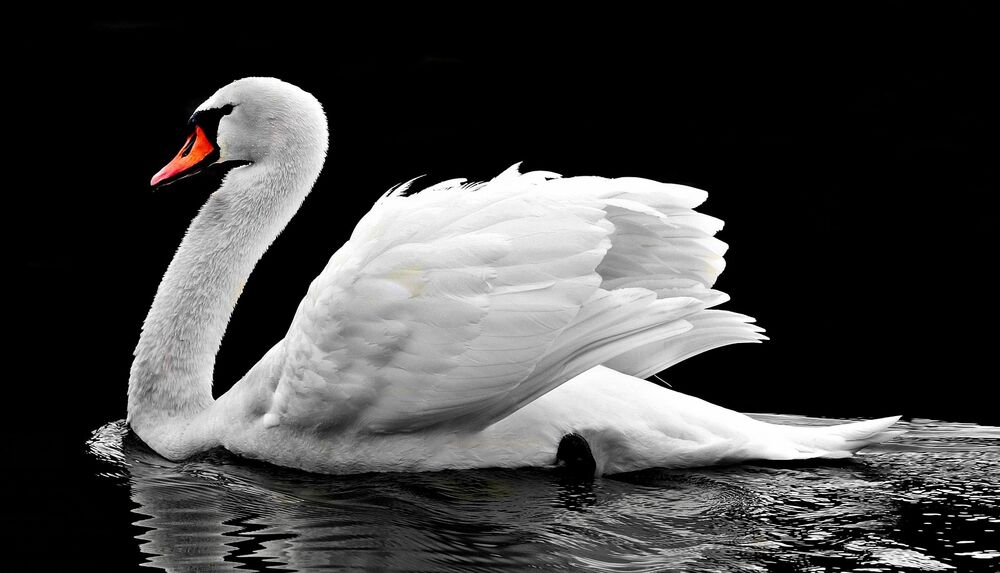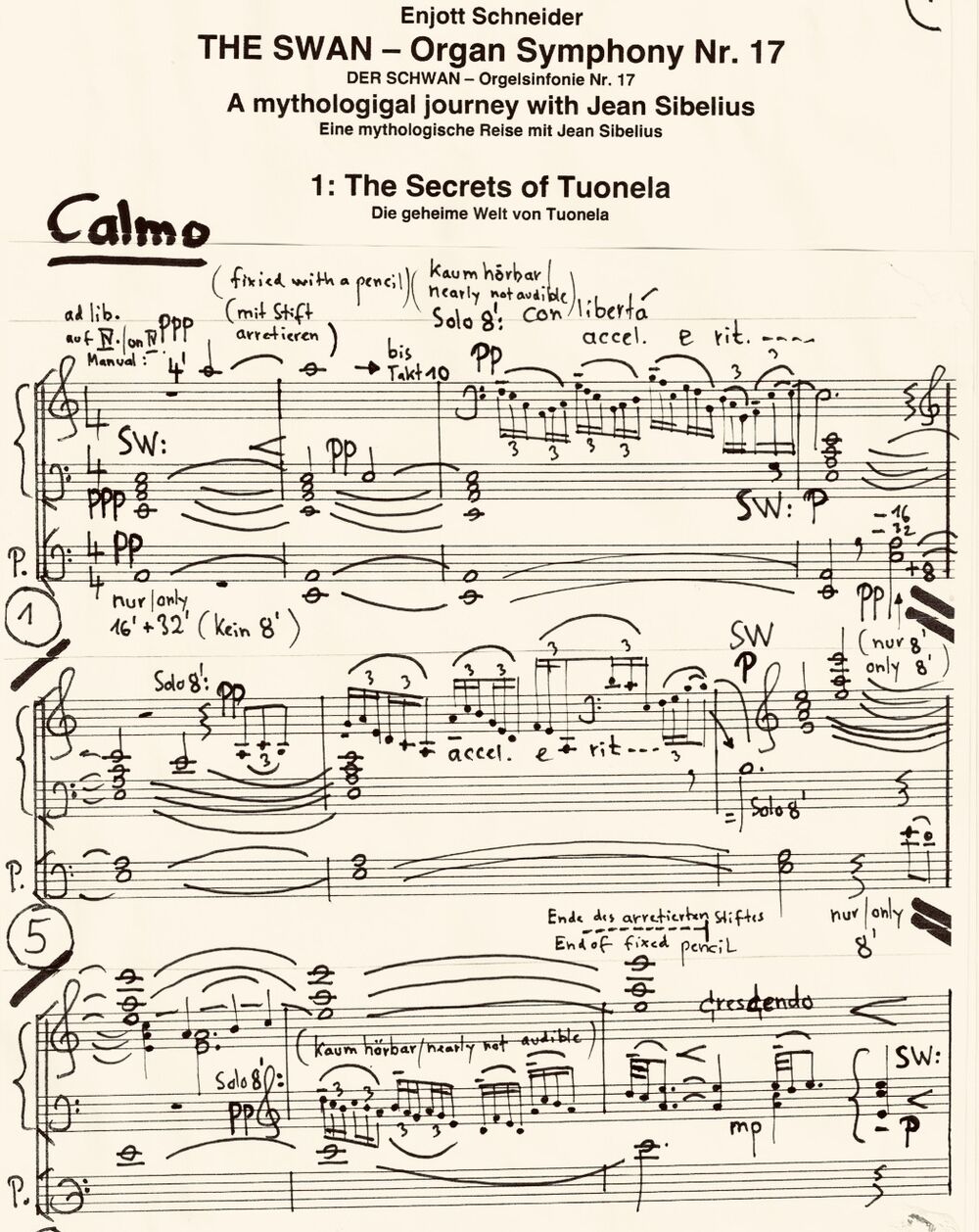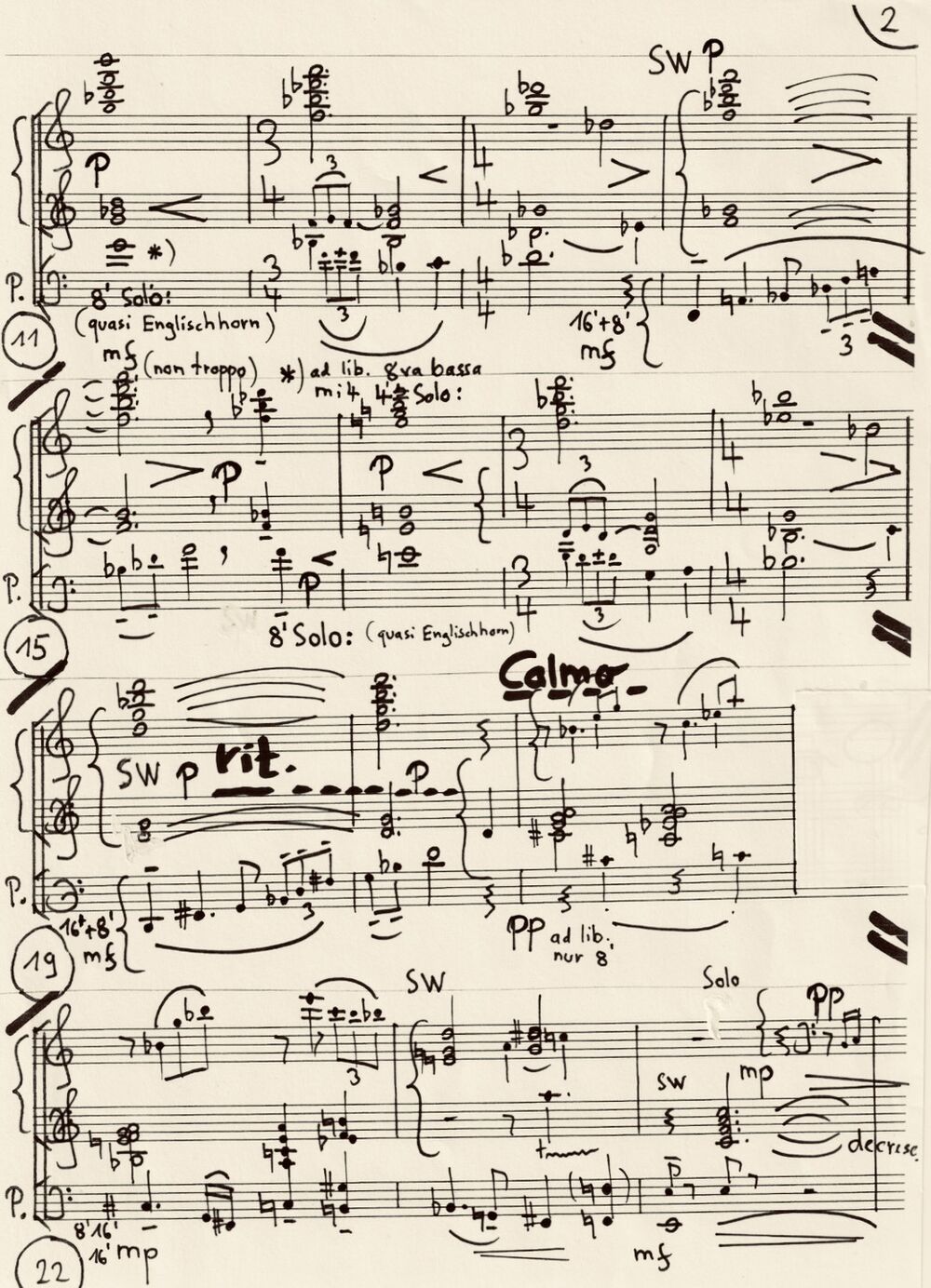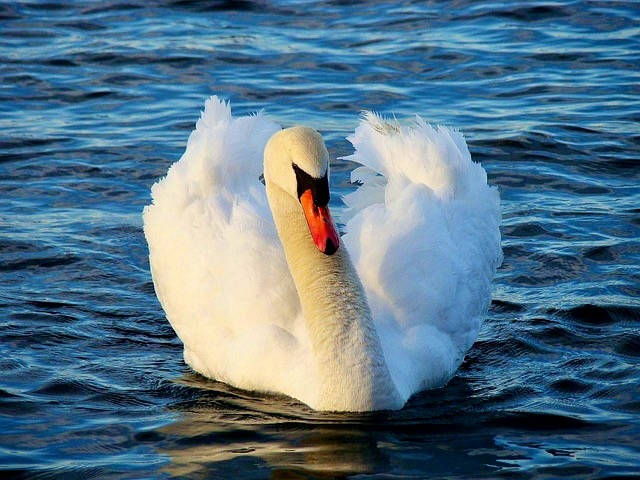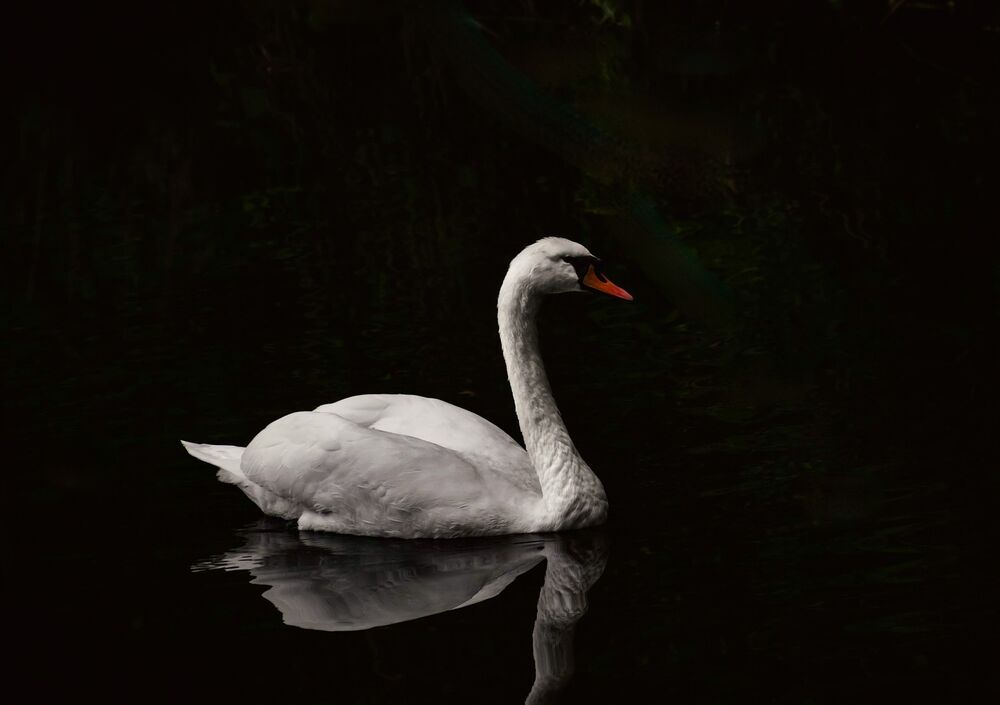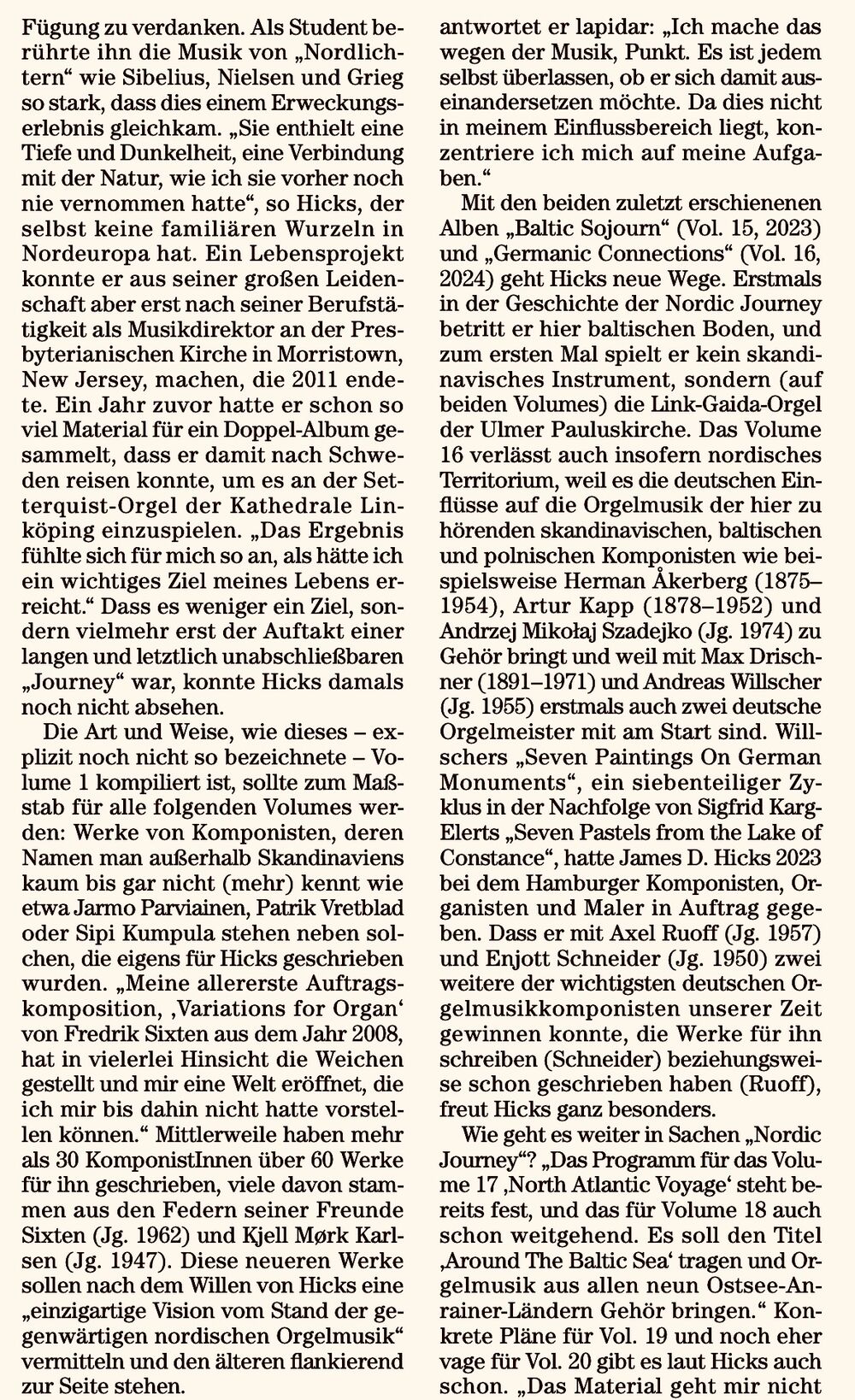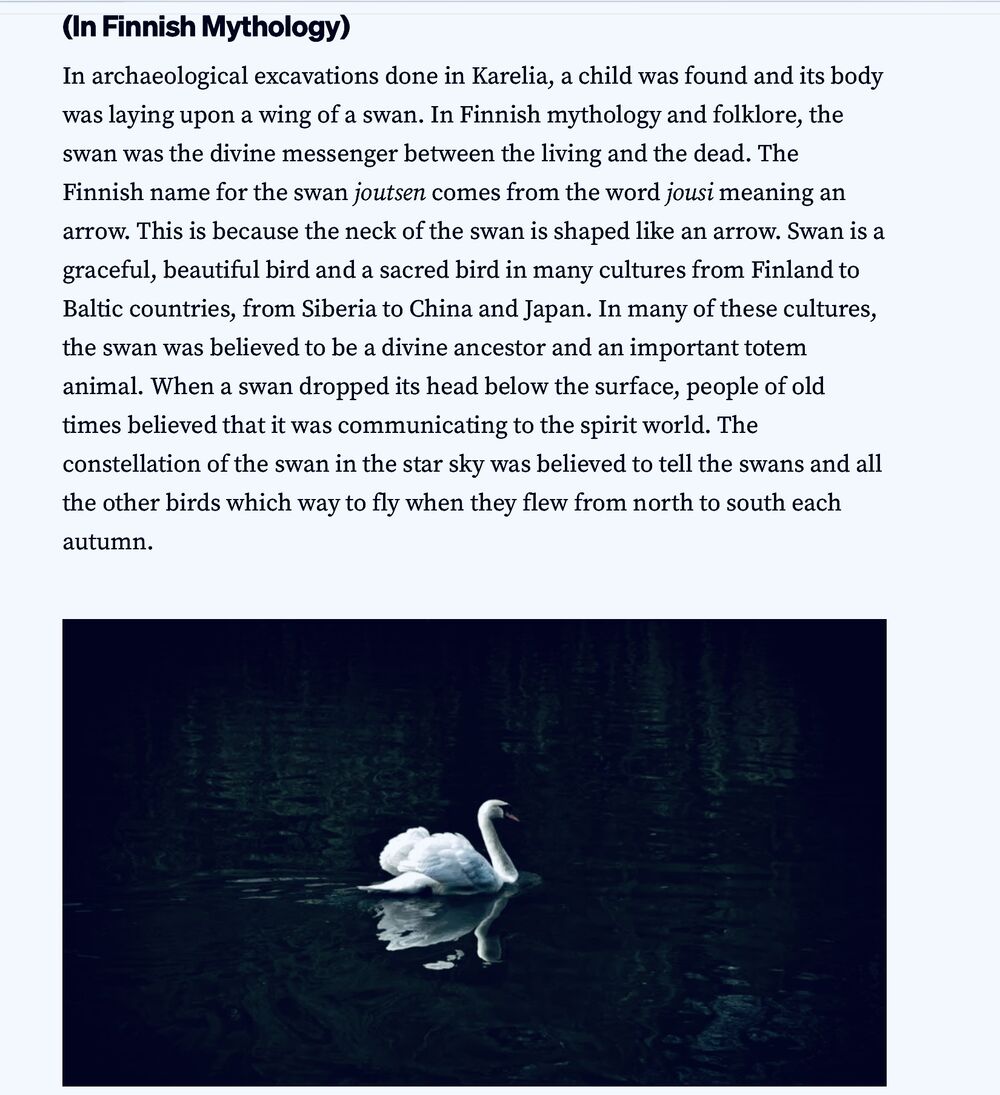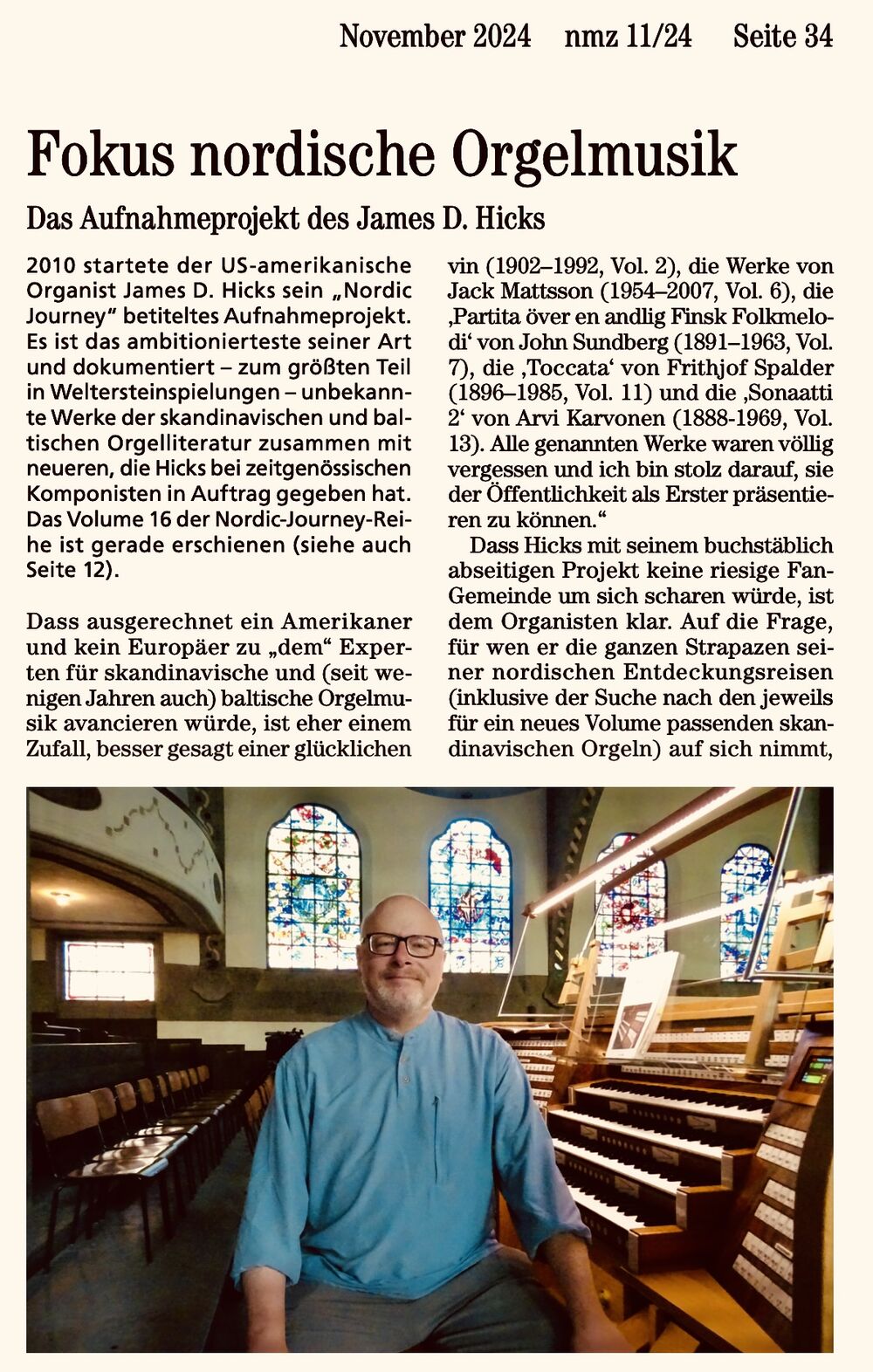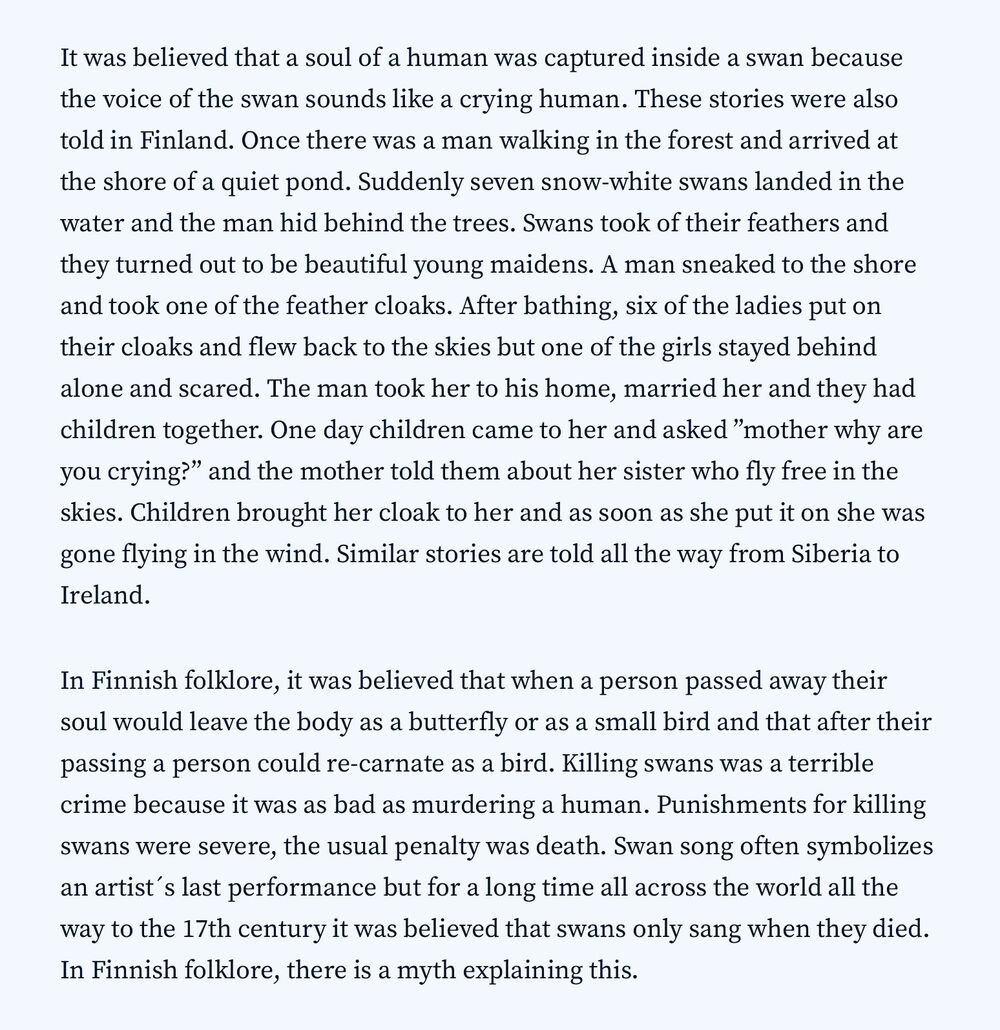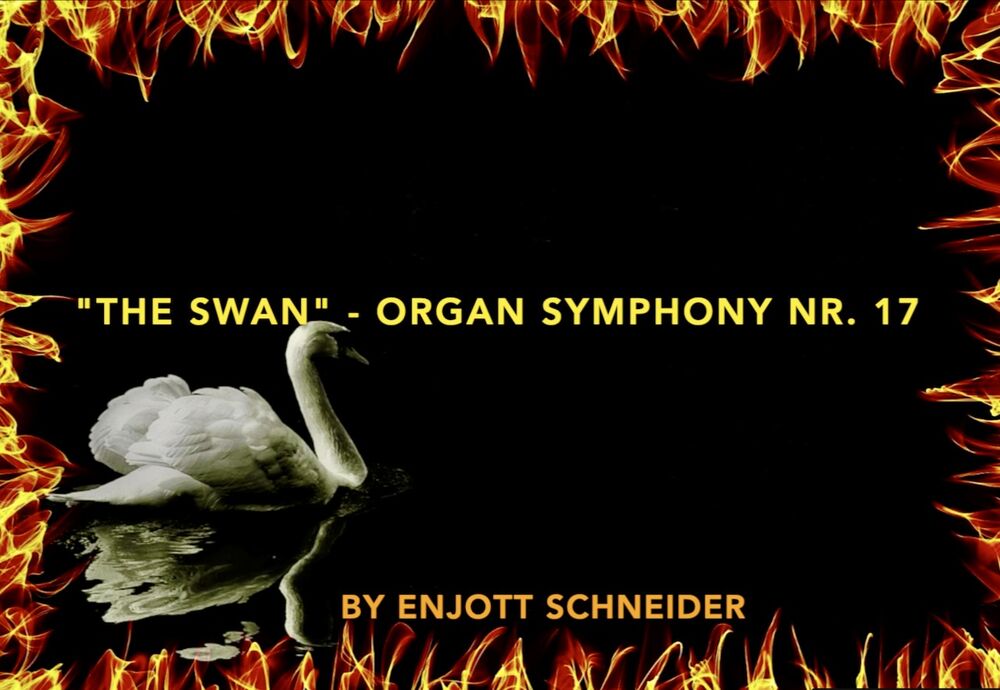
Category: Organ / Sacred Music
ORGAN SYMPHONY NO. 17: ‘THE SWAN’ - A mythical journey with Jean Sibelius was composed as a commission for the American organist James D. Hicks. As a tribute to the Finnish composer Jean Sibelius (1865-1957), his legendary ‘THE SWAN OF TUONELA’ forms the starting point for a mythological journey: The ‘swan’ is a myth that has been of central importance in all cultures since the world-creating earth goddess. A symbol of angelic purity, but also closely associated with death and the afterlife, this power animal from shamanistic times is full of magic. From the Greek swan goddess Leda to R. Wagner's ‘Lohengrin’ or P.I. Tchaikovsky's ‘Swan Lake’, this motif has a mysteriously dominant presence in music and art. This myth, which is particularly alive in Finland, is traced in four movements. 1: The Secrets of Tuonela, 2: Elegy: The Dying Swan, 3: The Black Swan, 4: Passacaglia - The Swan Goddess.
Movements: 1: The Secrets of Tuonela
2: Elegy: The Dying Swan
3: The Black Swan
4: Passacaglia - The Swan Goddess
Duration: 21 Minutes
Publisher of notes/sheet music: Schott Music , 2025
Instrumentation: Large organ with 3 manuals or more
Introduction: Hardly any other animal is as present in legends and fairy tales as the white swan, whose symbolism is associated with purity, beauty, light, angels and the divine sphere. According to the law of frequency, where every wave crest has a wave trough, the ‘swan energy’ can also turn into something demonic and dark in the sense of an implicit transformation and almost inevitable change. The ‘black swan’ then stands for black magic, death and mourning.
The myth of the ‘swan’ dates back over 45,000 years to the prehistory of mankind, where, mysteriously, profound knowledge of the cosmos and a calendar system based on the constellation of Cygnus has been proven to exist: the Denisovans lived in the Siberian Altai Mountains and were a technologically advanced community that is difficult to reconcile with the Stone Age. They carried their knowledge and belief in the afterlife – that souls are reincarnated in the constellation of Cygnus as the distinctive structure known as the “Northern Cross” – to Göbekli Tepe in Anatolia and then to Egypt, where the ancient knowledge of cosmic processes was then reflected in the dimensions and reference points of the pyramids and buildings.
At Göbekli Tepe, architectural evidence can still be admired today, showing how everything was astronomically aligned with the constellation of Cygnus and how this influenced thinking and rituals.
It is also home to the mythological swan deity, who was worshipped in Crete during the Neolithic period as Leda, the goddess and mother of the world egg. The swan woman Leda is considered a symbol of femininity. This Cretan linguistic root has survived to this day in the English word ‘lady’. Like all other swan figures (related to angels), Leda was able to see into the future because they were considered messengers from the afterlife: this ability to foresee the future has been preserved in the expression ‘I have a feeling something is coming’.
The swan is almost gender-neutral. This is reflected in the proverbial monogamy and fidelity of couples, who stay together for life, raise their young together and mourn for a long time when one partner dies.
In short, the swan is a sublime and almost otherworldly mystery. It is a prophet, a soul bird and a divine singer. Especially when dying, when passing into the afterlife, this enigmatic creature begins its ‘swan song’. This is why exemplary works on this theme have been created in music: from Arcadelts' Renaissance madrigal ‘Il bianco e dolce cigno’ to Camille Saint-Saens' ‘The Swan’, from the swan knight Lohengrin in R. Wagner's opera to P.I. Tchaikovsky's ballet ‘Swan Lake’.
For me, ‘The Swan of Tuonela’ by Finnish composer Jean Sibelius (1865-1957) holds a special place because the unsurpassed grandeur, grace and breadth of its ‘swan energy’ is so fundamentally rooted in Nordic nature and the otherworld. The swan is revered as a messenger between the worlds of the living and the dead, considered sacred, an ancestor of ancient times. Killing a swan was considered an unacceptable taboo and was punished as severely as killing a human being.
The legend of the “Swan of Tuonela” has been taken up by all the arts since the end of the 19th century. Its mysterious and death-related darkness embodies the essence of Finnish melancholy. This symbolism dates back to the origins of the Finnish-Siberian region. Because a swan's cry can sound like a human voice, it was believed that the souls of the dead were reincarnated in the form of swans.
Dedication: Dedicated to American organist James D. Hicks and his magnificent ‘Nordic Journey’ project.
World premiere: 30.05.2026
